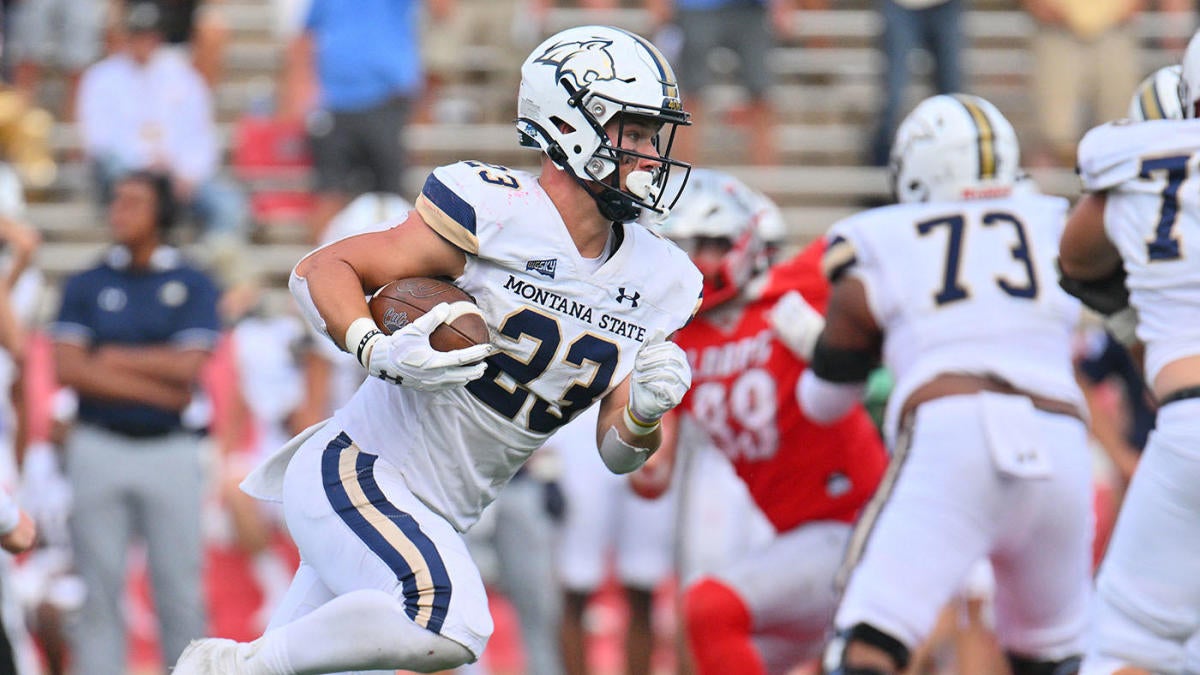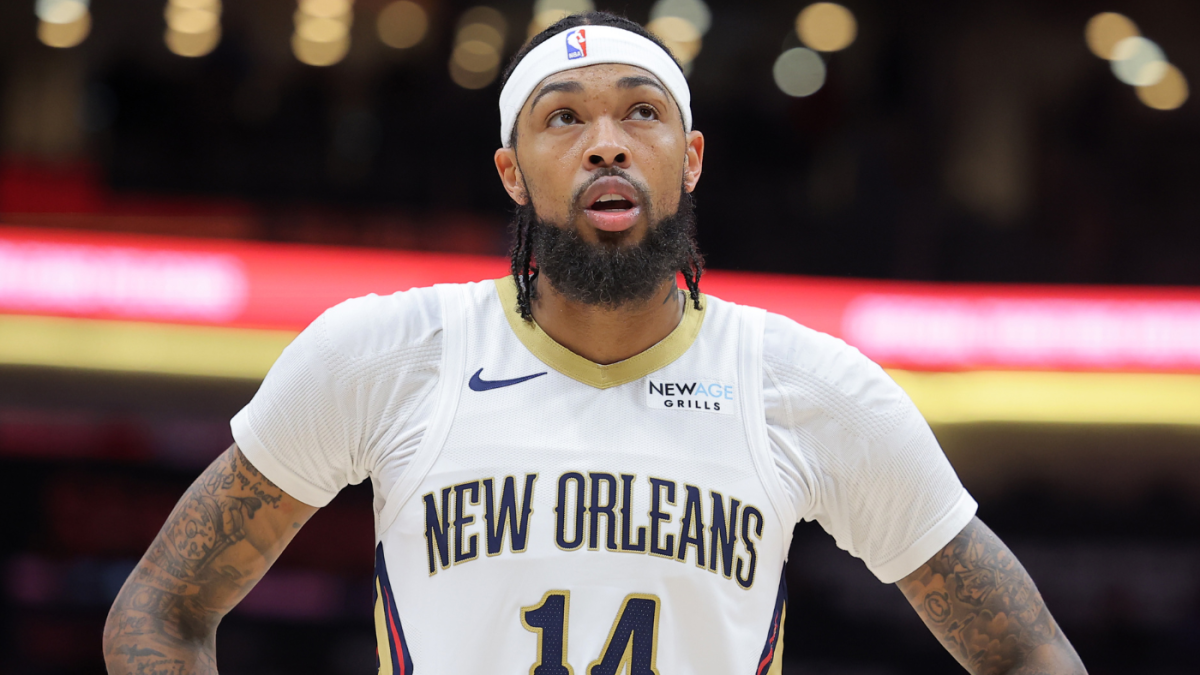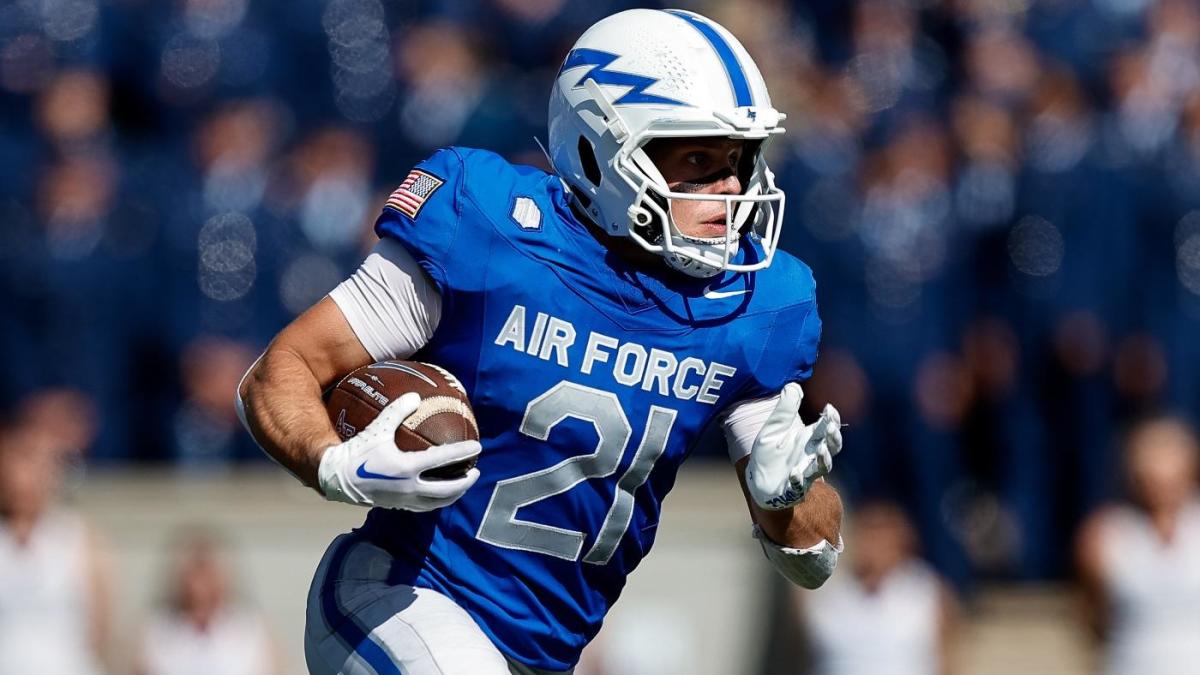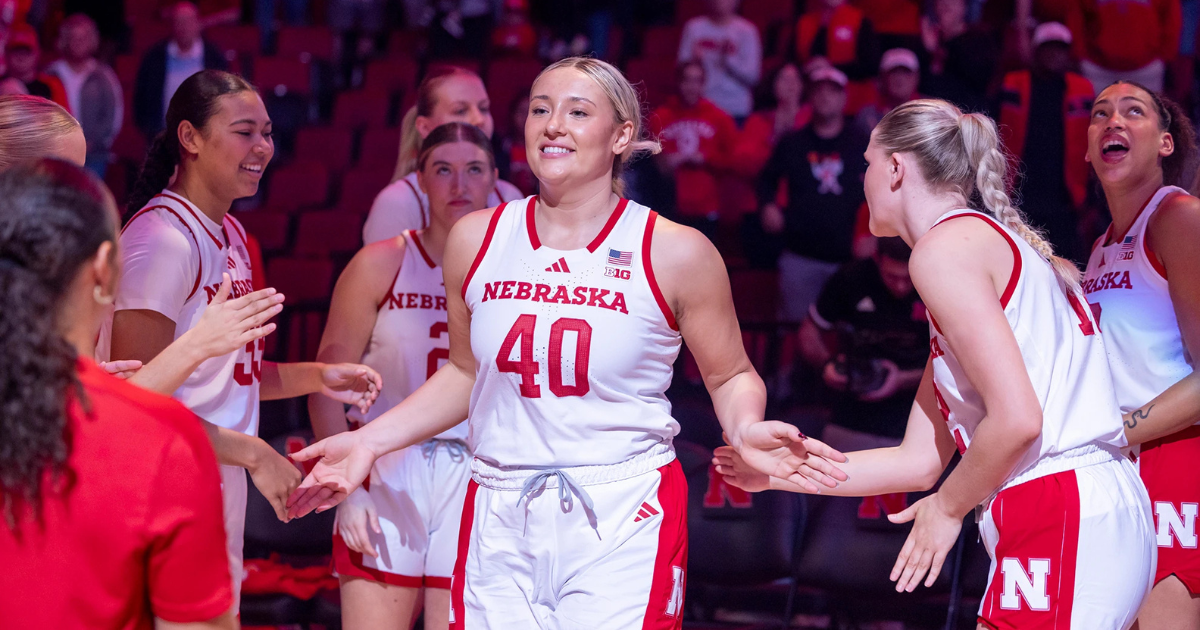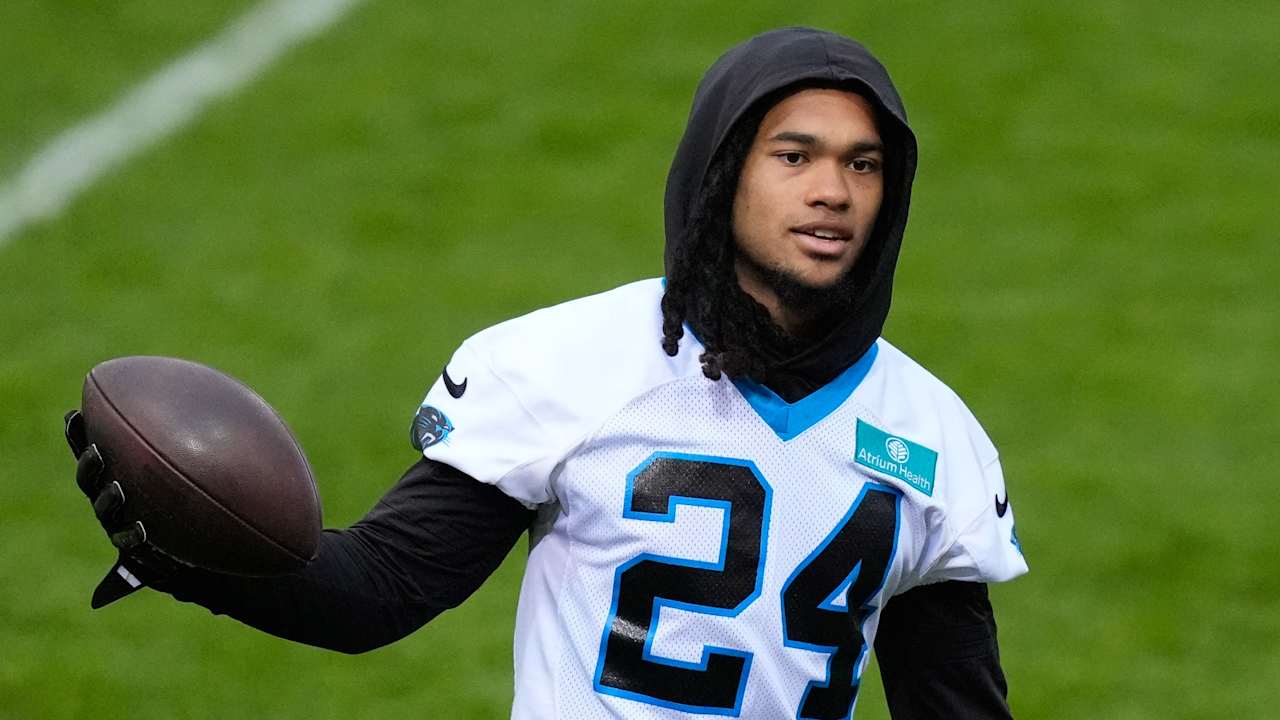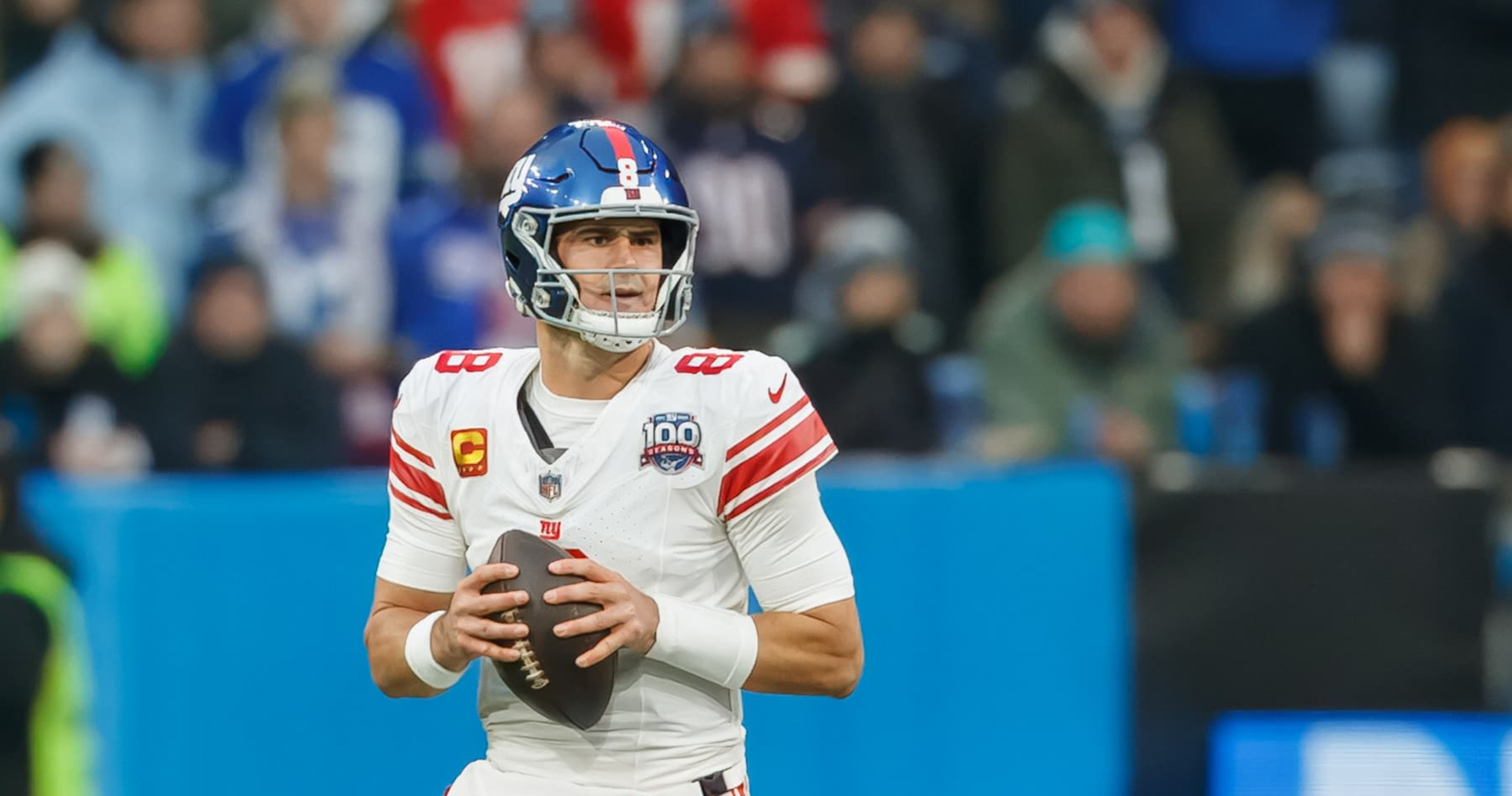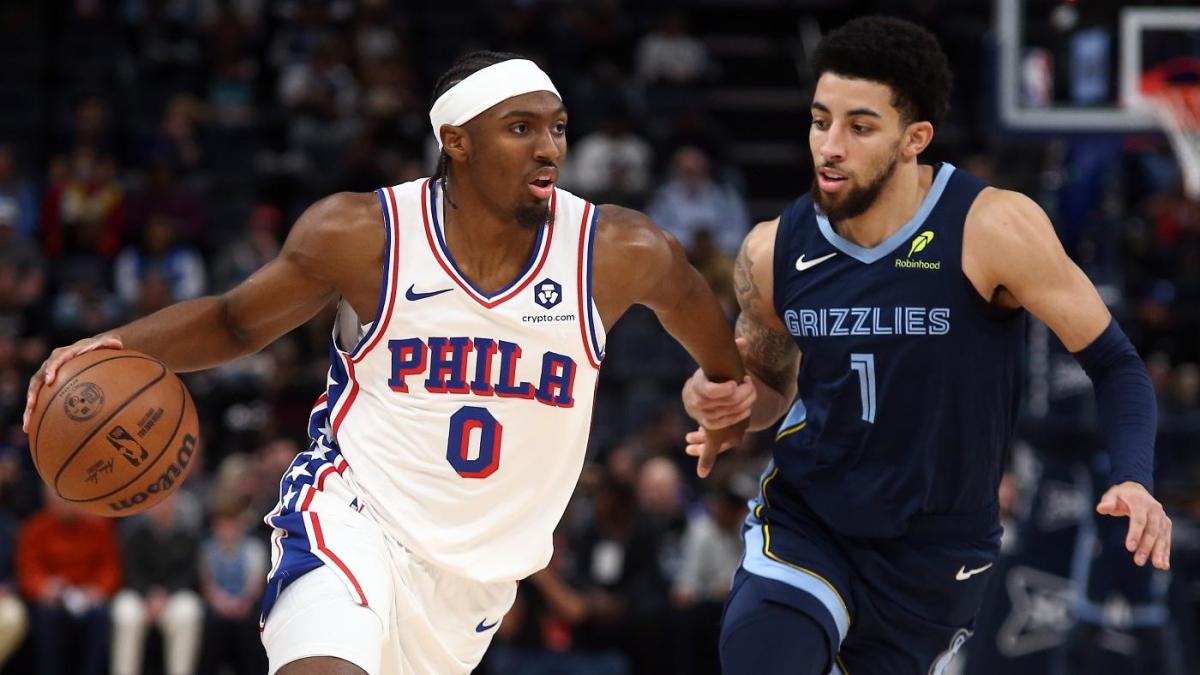EUGENE, Ore. — Kendrick Lamar’s “Not Like Us” played before every Oregon kickoff on Saturday at Autzen Stadium.
The diss track of the summer repurposed.
A not-so-subtle message from the Ducks.
With more than a kernel of truth on this particular picturesque late October afternoon in the new Big Ten with 59,830 fans on hand.
Because No. 20 Illinois — even with three wins against ranked opponents this season — was not like No. 1 Oregon.
Not even close.
The Illini had zero answers for the Ducks’ high-octane offense.
No real counter of their own, either, from quarterback Luke Altmyer and Co.
A first-quarter field goal from David Olano and a third-quarter touchdown run by Ca’Lil Valentine. That was all Illinois could muster in Oregon’s 38-9 rout.
Quite the flip in result — and in emotions — in just a week’s time.
From a celebratory feel after beating Michigan in front of a sold-out Memorial Stadium crowd on Oct. 19 to blank stares and bowed heads walking off Rich Brooks Field into the Autzen Stadium tunnel and away from back-and-forth cheers of “Go!” And “Ducks!” on Saturday.
The Oregon homecoming crowd had plenty to celebrate thanks to the way their brightly-colored Ducks (8-0, 5-0 Big Ten) played against the Illini (6-2, 3-2). Immediately, in fact. Oregon went 83 yards on nine plays on the opening drive of the game, with Tez Johnson turning a short pass from Dillon Gabriel into a 31-yard touchdown, a foreshadowing of what was to come with shadows and sunlight interspersed on the Autzen Stadium turf.
Then a 34-yard touchdown pass from Gabriel to Justius Lowe for another touchdown 31/2 minutes later. The first of what turned into 17 chunk plays for Oregon against an Illinois defense that had, through the first seven games of the season, proven more likely to bend than break.
The biggest break — one that might have, in fact, broken Illinois on Saturday afternoon — was Gabriel’s 16-yard completion to tight end Kenyon Sadiq on third-and-17 at the beginning of the second quarter. Which led to a 19-yard completion to tight end Patrick Herbert on fourth-and-1. Two run plays later, Gabriel, not known for his running ability but his place near the top of college football’s all-time passing records, scampered untouched into the end zone for a 7-yard touchdown run to put Oregon up 21-3, and the Ducks scored twice more before the first half was complete to lead 35-3 at halftime.
“That’s demoralizing,” Illinois safety Miles Scott said about Sadiq’s catch. “Telling the guys, ‘We’ve got to get off the field right here,’ and then they pick up 16 on a third-and-17. That’s frustrating.”
That third-down completion was one of six Oregon converted out of 11 chances. Extending several drives that ended in points, with the Illinois defense showcasing little of the dominance it had on display against Michigan.
“We couldn’t get off the field on third down,” Scott continued. “Even when we would get them to a third-and-long — a third-and-10 plus — we couldn’t get off the field. That’s frustrating.”
“When you’re playing the No. 1 team, you have to get them off the field when you have the chance to get them off the field,” Illinois linebacker Dylan Rosiek added. “They did a good job of coming out here and executing their game plan, and we didn’t.”
Gabriel finished Saturday’s game completing 18 of 26 passes for 291 yards and three touchdowns before giving way to backup Austin Novosad in the fourth quarter. While the left-handed throwing Gabriel occasionally tested Illinois’ defense deep — he floated his 31-yard touchdown right to Lowe at the end zone — the Oregon starter mostly just let his athletic teammates cook.
Short completions turned into big gains. The majority of the Ducks’ 11 chunk plays in the passing game came on different variations of screens.
Scott said the Illinois defense was ready to face Oregon’s screen game, but the sheer number of times the Ducks went to that well was the surprise. Probably because it worked so well.
“They did a lot of false keys with it,” Rosiek said. “Maybe where we were looking, we were going one way and the screen was going the other. It was a lot of retracing. We’ve got to figure out a way for that not be the case.”
It was all a culmination of what Illinois coach Bret Bielema called an Oregon offense that likes to strike hard and strike fast. Against an Illini defense that added to its own issues with tackling in the open field that left plenty wanting.
“They take a lot of pride in their strike and they strike in all three phases,” Bielema said. “That was obviously very apparent in the first quarter and toward the end of the second. Defensively, we obviously didn’t have the right answers. … We have to have a better understanding of what they’re trying to do. A growing experience for us on how to game plan.
“I was very happy that our guys responded in the second half. We’re not trying to get a consolation prize, but I did tell the guys at halftime I needed to see guys show up and compete, and thankfully they did that.”




